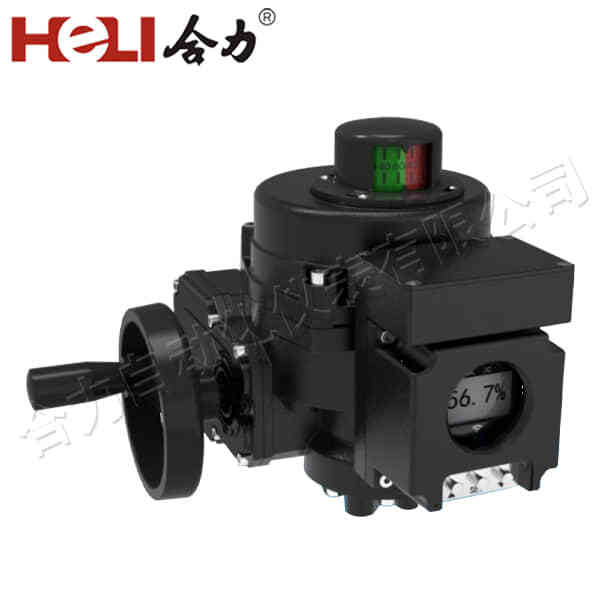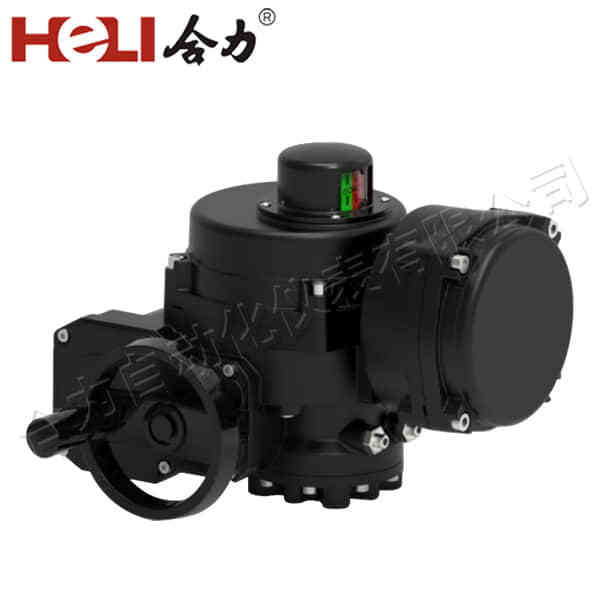Electric actuator valves have become a cornerstone of modern industrial automation and control systems. As industries evolve, the demand for precise, reliable, and energy-efficient valve control solutions grows. Electric actuator valves, combining electric motors and valve mechanisms, are designed to automatically control fluid or gas flow within a pipeline, tank, or system. These valves play a crucial role in diverse sectors such as water treatment, HVAC systems, oil and gas, pharmaceuticals, and manufacturing. In this article, we explore the functioning, benefits, and applications of electric actuator valves, shedding light on their significance in the automation world.

What Are Electric Actuator Valves?

Electric actuator valves are devices that use electric power to automate the movement of a valve. The electric actuator (the motor) is connected to the valve, which typically regulates the flow of liquids, gases, or slurries in a pipeline or system. By converting electrical energy into mechanical movement, the actuator opens or closes the valve, controlling the flow rate. These actuators are often preferred in applications that require high precision and consistency over manual control. The key components of an electric actuator valve system include the electric motor, actuator housing, and valve body. The motor within the actuator is responsible for driving the movement, while the actuator housing protects the components. The valve body varies in design, depending on the type of valve (e.g., ball valve, butterfly valve, globe valve) and its specific function in the system.
